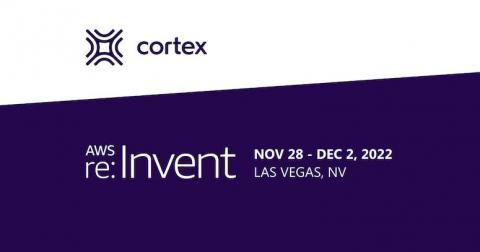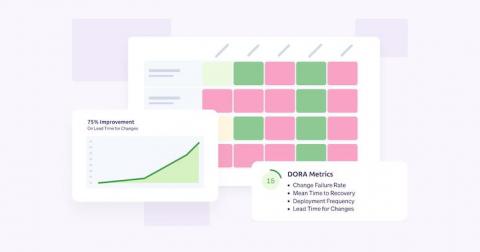Cleaning up your microservice resources
Managed services and serverless deployments have become increasingly popular tools in the software development process. This means that organizations are focusing less on infrastructure resources and more on the functionality and security of applications. Managed services—such as the applications like DynamoDB, Step Functions and API Gateway that are crucial to serverless architectures—come with associated costs.











